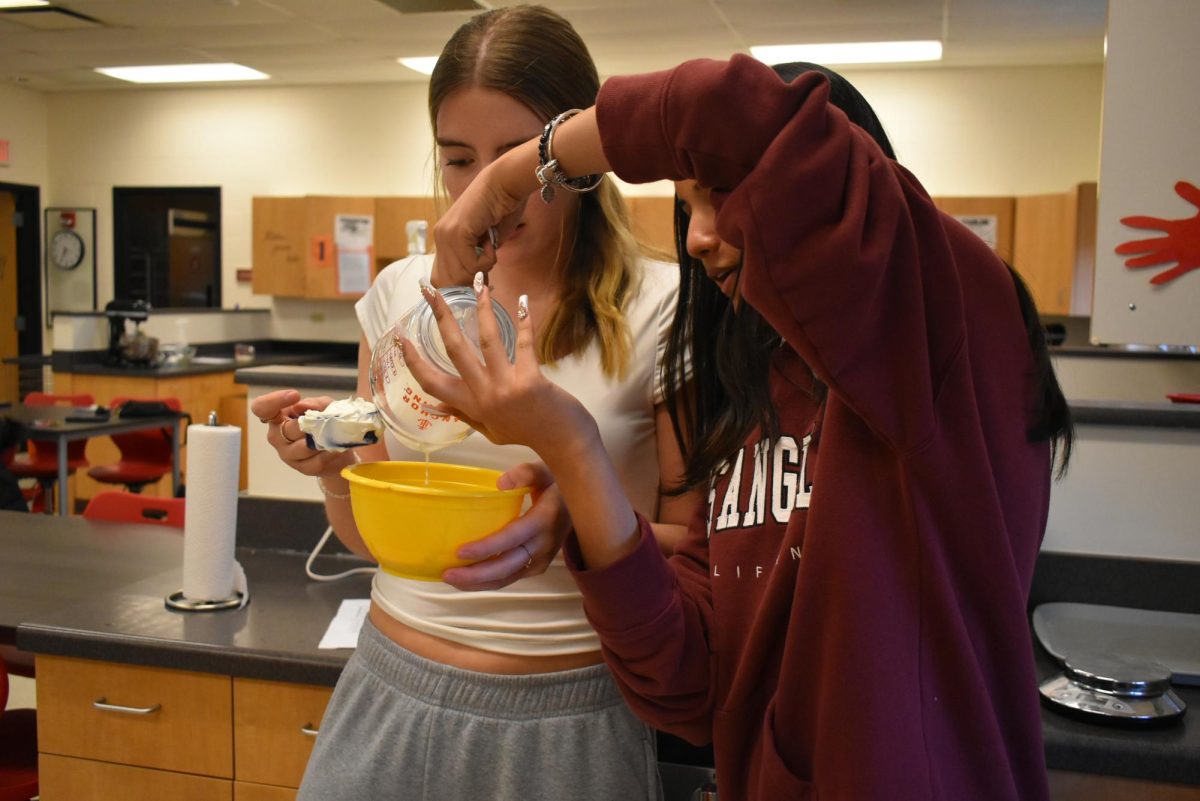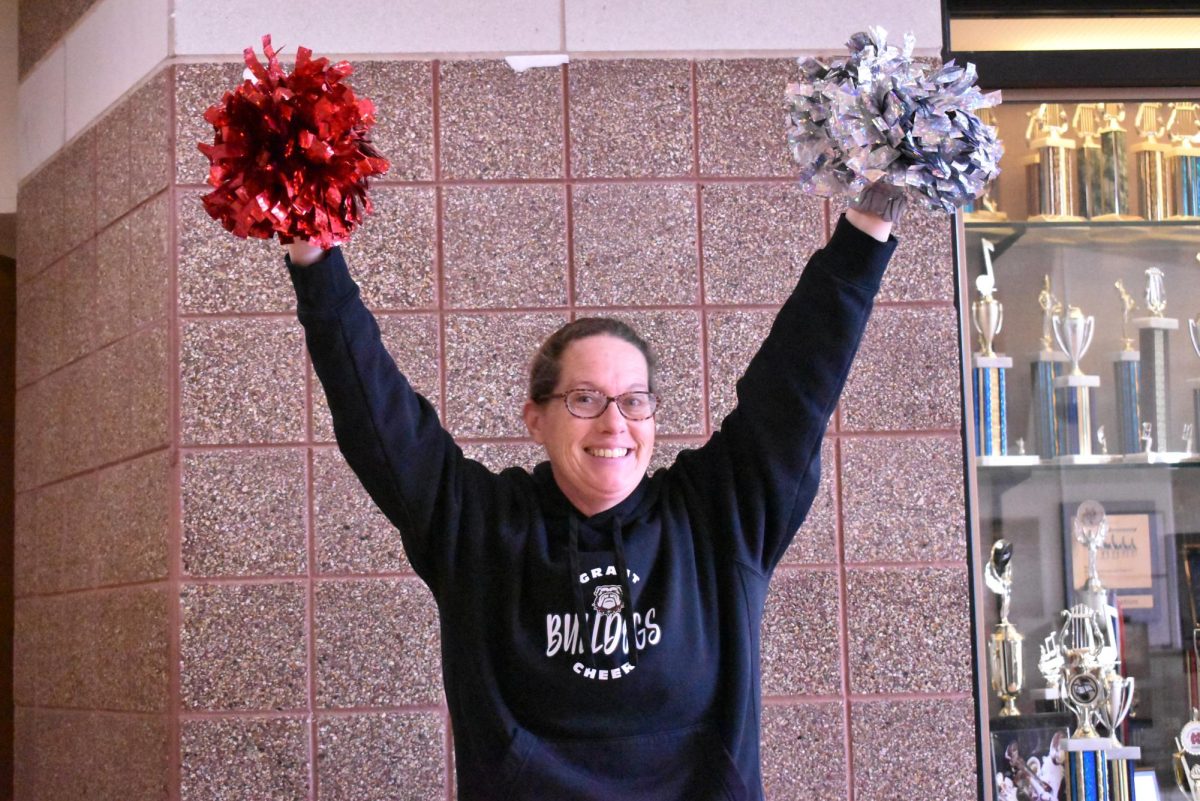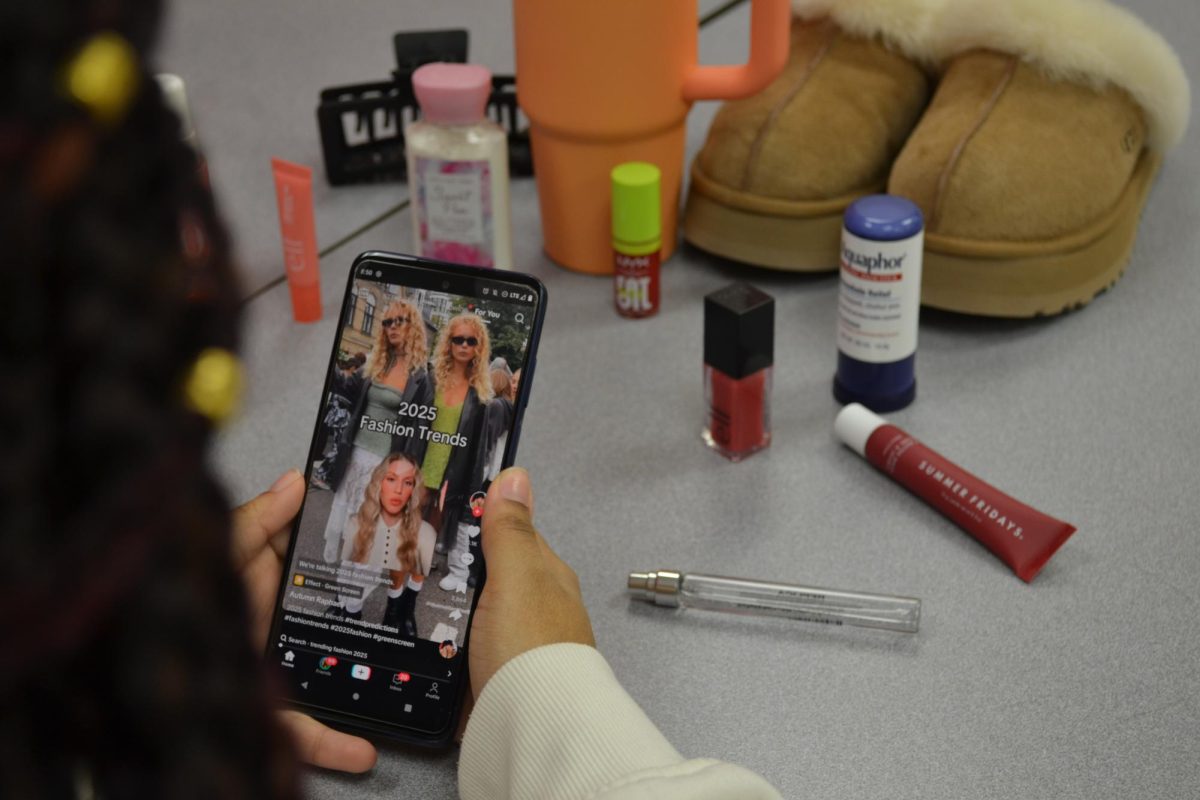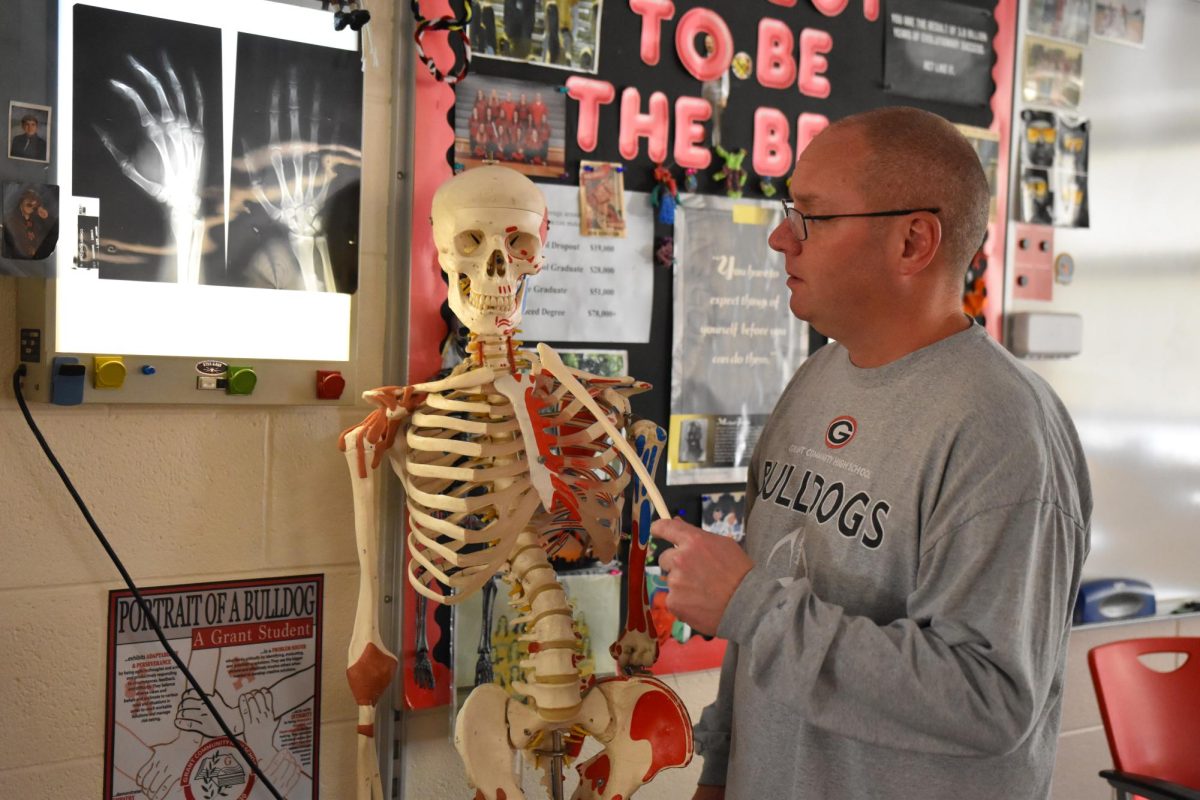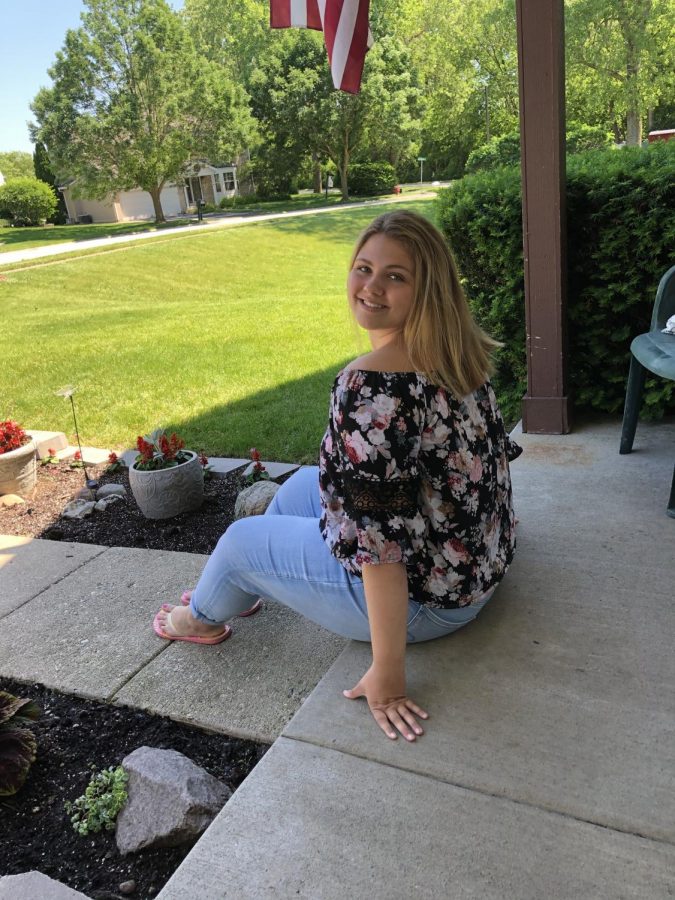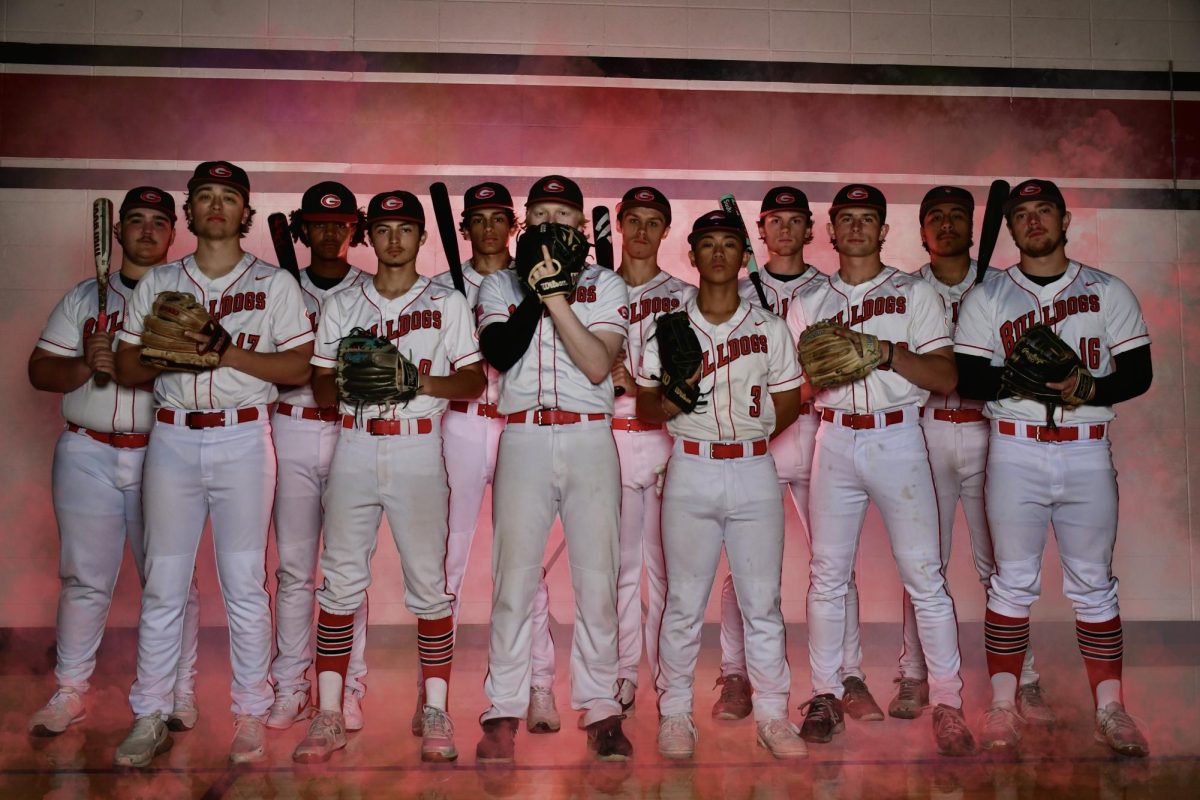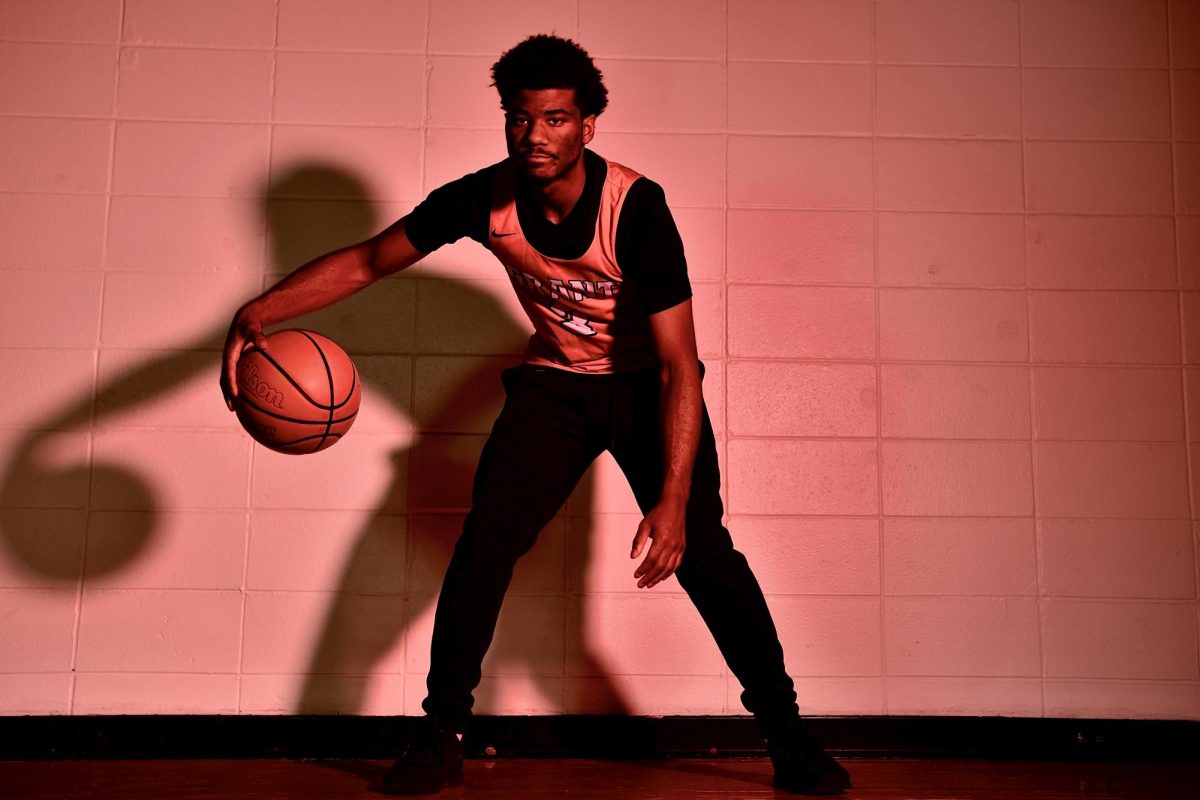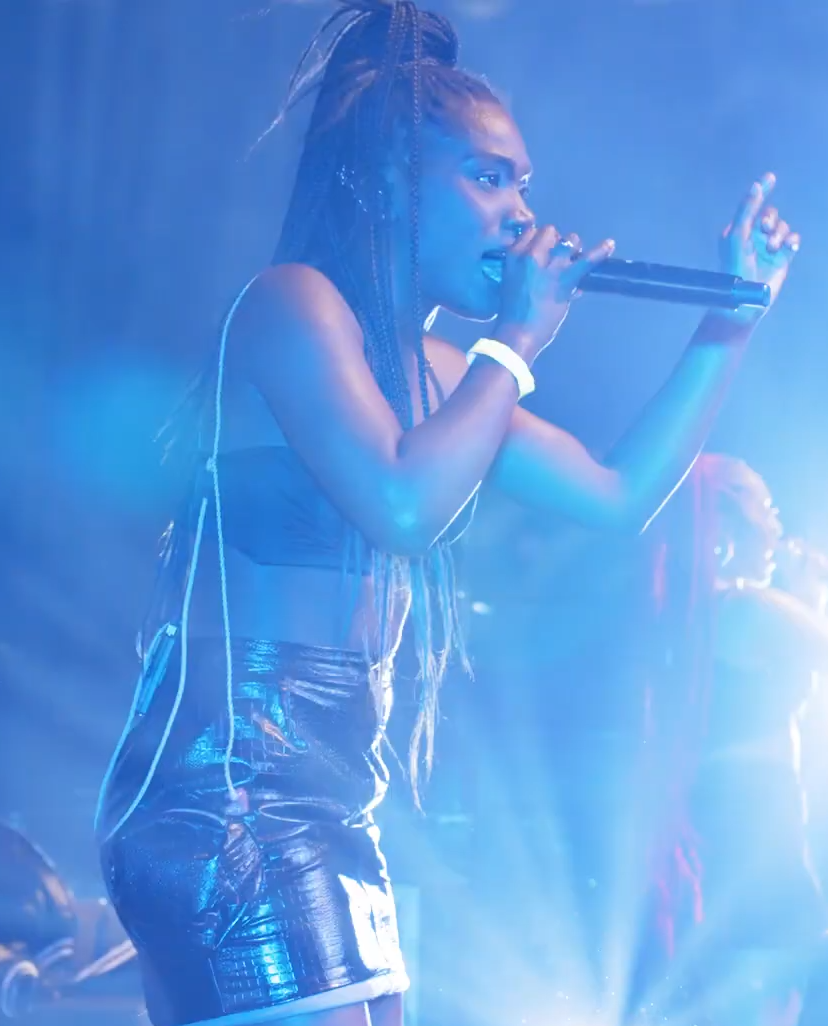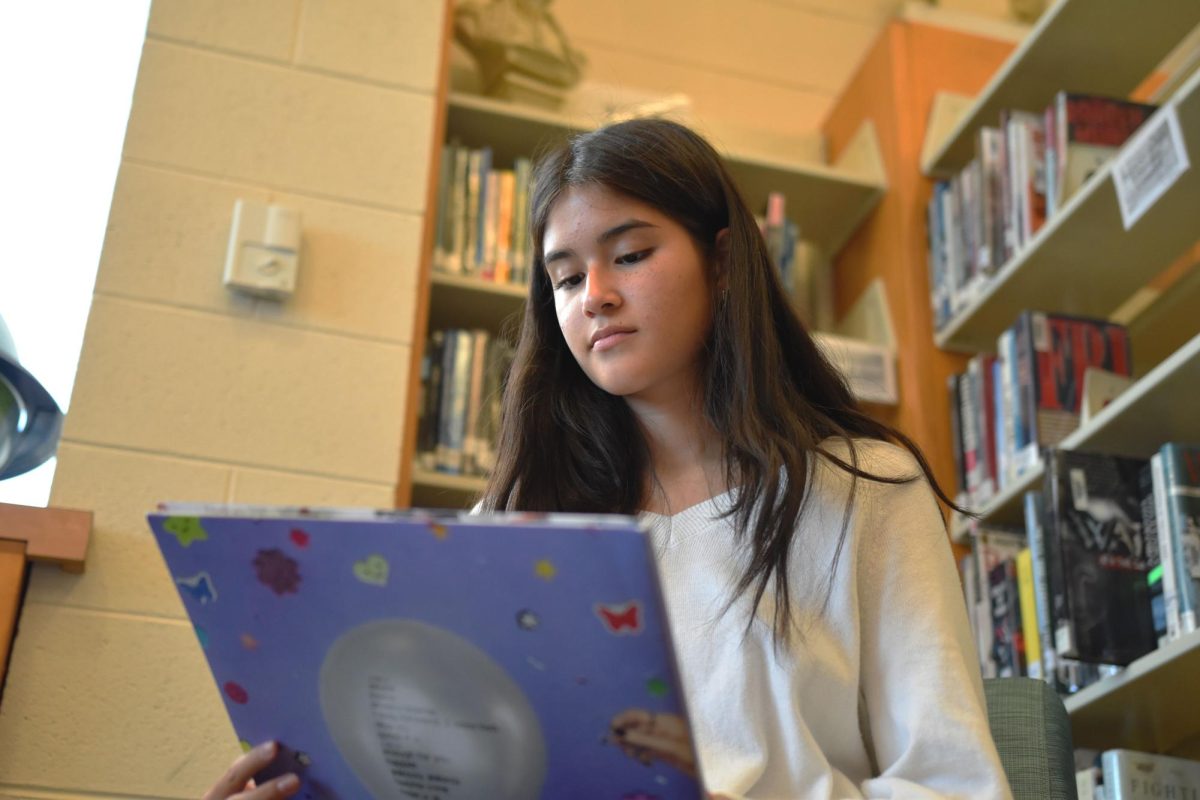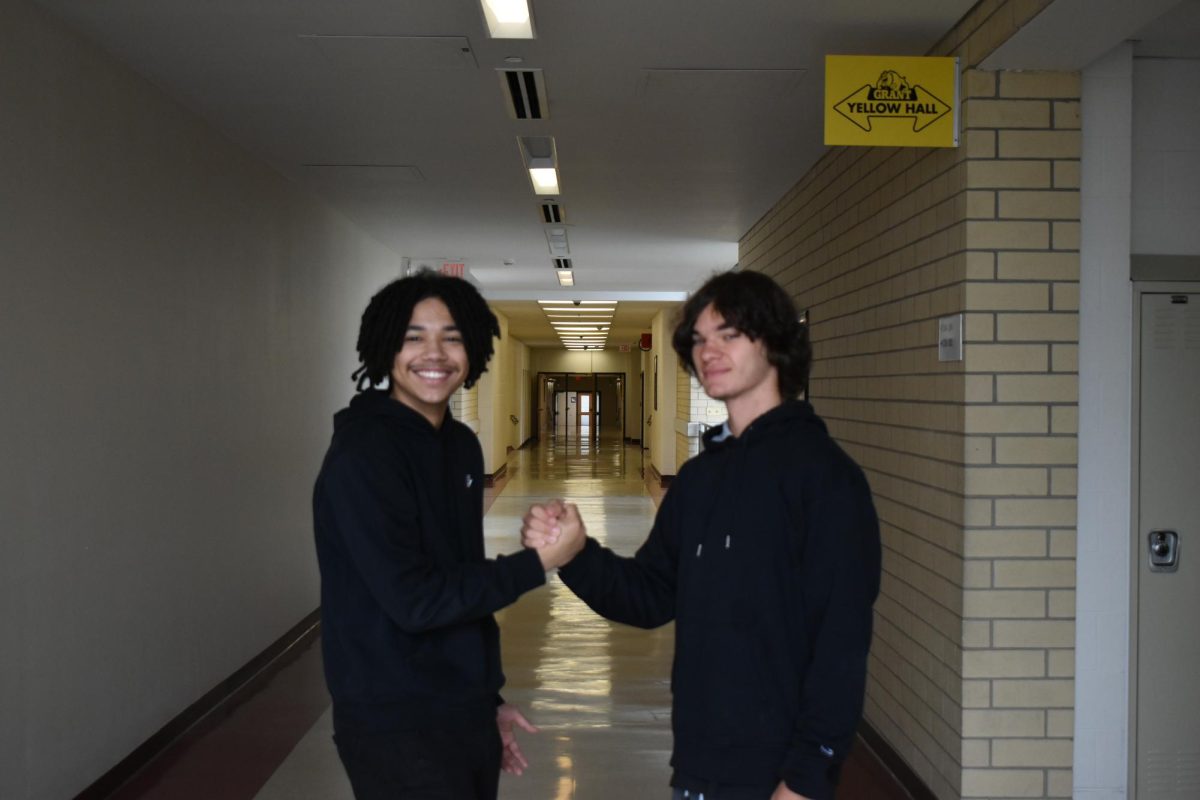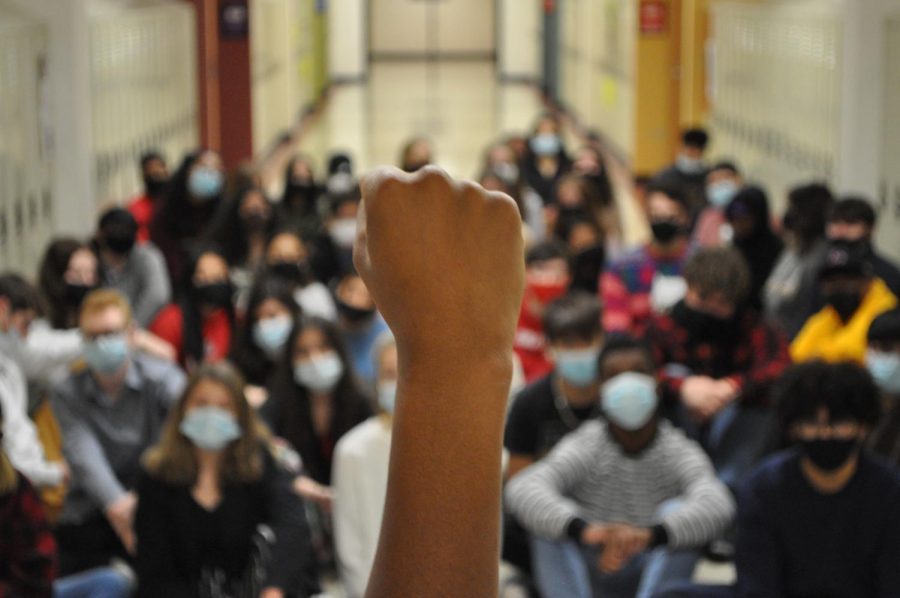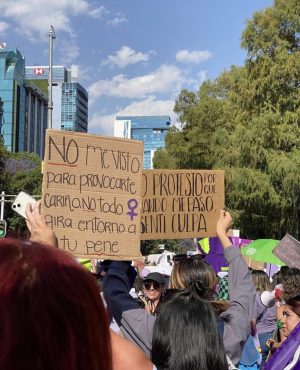Protesting In a School Environment
G.C.H.S. – When protesting in a school environment, it is crucial that students who choose to participate conduct themselves in a manner that adheres to school rules and laws to ensure that all ideas are expressed in the safest and most respectful way possible.
January 6, 2022
Protests have surged across the nation over the past years; increasing in frequency by 11.5% per year for the past 12 years according to the Economist based on their analysis of the Center of Strategic and International Studies.
Unfortunately, some protests become unsafe or ineffective. To prevent protests from getting out of control, it is crucial for each participant to consider their motives and objectives, and remain focused on them throughout the duration of the protest. Most importantly, when protesting, one should always conduct themselves in an appropriate manner.
The objectives people want to achieve when protesting vary for each person on each occasion. Grant Community High School Superintendent Dr. Christine A. Sefcik, who has spent the majority of her life in an educational setting and has been involved with GCHS since 1996 suggested that “people are motivated to engage in protest for a variety of reasons; such as to bring awareness to a cause or issue, to be heard when other avenues of expression are unavailable, to seek or oppose change, or simply as an act of disruption.” In many protests, the majority of participants have goals that align with one another, however, “the motivations are personal to each person engaging in protest,” which sometimes leads to individuals choosing to participate in the same protest for different reasons.
When protesting, participants should always remain peaceful and respectful of one another. Dr. Sefcik emphasizes that when engaging in a protest within a school environment, it is important for students to acknowledge and respect that “schools and classrooms should be places that are conducive to teaching and learning, where everyone feels safe.”
If a protest occurs, those who do not wish to participate “must respect the rights of those who choose to protest or engage in dialogue around issues of concern, and [protesters] must also respect the rights of those who choose not to participate in such protests or discussions. For example, in [a] school environment, this means that conduct when expressing or exchanging ideas should not disrupt the educational environment or interfere with the teaching and learning of those who do not want to participate.”
Although input from students may contribute to the betterment of the school; input must be delivered in such a way that does not further diminish the well-being of the school atmosphere and the attending students. That is to say, according to Dr. Sefcik, that “the same rules that guide student conduct in all other circumstances also apply [when protesting].” As paraphrased from the student handbook, Dr. Sefcik informs that the rules regarding student conduct are the following: “No one should be subject to embarrassment, ridicule, obscenity, or intimidation. Every individual’s right to privacy of their personal or medical information must be protected as mandated by law. School or personal property of students and staff must be respected. Physical violence in any form, including damage to school or personal property, is unacceptable.”
The rules of conduct are in effect to provide students with the safest and most comfortable learning environment possible. GCHS Senior Alyssa Manthi is involved with NHS, Cheer, and serves as parliamentarian for FBLA. Alyssa, someone who is highly involved with the school, feels that the administrators “come from a place of wanting to keep students safe, and they do everything with [the students] best interest in mind.” When protesting at school, it is critical to abide by the rules to ensure that the protest does not diminish the well-being of the school and to ensure that no one subjects themselves to prosecution.
Although protests can be and recently were a way to initiate a conversation between two or more parties, in Dr. Sefcik’s opinion, the most effective way to invoke change within the school would be to “simply reach out to a school or district administrator.” The administrators and staff at Grant District 124 are dedicated to providing all students with the safest and most comfortable environment possible. Administrators and staff will work to listen to all students’ requests, comments, and suggestions, and will always do their best to fulfill those requests in a way that is within their legal parameters to do so. Additionally, administrators and staff are always willing to provide various resources to students.
When it comes to trying to invoke or oppose change within the school GCHS Senior Rachel Manlubatan who is involved with Student Council, NAHS, and BSU commented that “I would communicate my feelings towards the topic with other people around me and build a community towards it and [promote] change within the school peacefully or without causing a disturbance [throughout] the student body.”
Apart from reaching out to administrators as a way to express a want or opposition to change, students can reach out to the various forums that are available to students at GCHS.
When people remain focused and conduct themselves in an appropriate manner, protests have in fact proven to be an effective means to invoke or oppose change throughout history. Furthermore, Dr. Sefcik ensured that “we are exploring additional ways to bring student voice into decision-making on programs, services, and initiatives to support our school community.”


